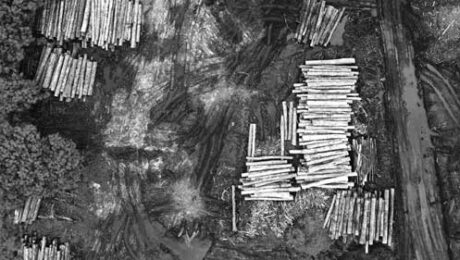Adapting to Change
One of the quotes ascribed to Charles Darwin is, “it isn’t the strongest of the species that survives, nor the most intelligent, it is the one that is most adaptable to change”.
- Published in Workplace
Communication in an age of misinformation
We need to check our biases and assumptions and know our market, so our messaging has the best chance of cutting through.
- Published in Psychology, Workplace
Changing the culture, changing the story
Cultures within organisations are often maintained by the accepted practices within the workplace as well as the dominant story of the organisation.
- Published in Not-For-Profit, Workplace
Communicating in a segmented market
Developing clarity in our messaging takes time and space to reflect on the unique characteristics of the people to whom we are communicating. Ironically, as senior managers in organisations we do not believe we have the time to reflect and develop clarity in our messaging or to consider the unique characteristics of the people we are engaging. We are so busy planning, strategising, responding, emailing, phoning, talking, we do not schedule time to reflect on how to communicate effectively with clarity. Consequently, our communications are often muddled. We think we are communicating, but often what our listeners hear, is not what we think we are saying.
In our recent blog, Clarity & Communication, we spoke about the importance of distilling your message into three or four main points. Distillation in the process of making spirits takes time and equally it takes time to distil the essential message/s you want to communicate. Senior managers who are good communicators give themselves time to allow the key messages they to communicate to distil and become clear before they communicate.
As well as the constant noise of multiple communications one of the other challenge’s leaders face is the immediacy of the news cycle. It is easy to allow the pressure of the news cycle to drive our communications. The pressure to get something out to clients or stakeholders often leads to muddled communications that are unclear and lead to misunderstanding, possible rumour and in the worst-case false information being spread. Rumour and false information can have severe repercussions for both for-profits and not-for-profits in terms of profitability, impact on service delivery and reputational damage.
The other reason communications are often confused is we do not think through who the intended recipients of our communication are. We tend to think of amorphous groups such as “clients” or “stakeholders” and when we think of amorphous groups, we are likely to miscommunicate because we make broad assumptions about the “group” rather than thinking about individuals within the group which would give clarity to our messaging.
Markets these days are increasingly segmented. Within the broad umbrella of stakeholders, there are segments, groups of stakeholders with particular interests that are not necessarily shared by other stakeholders. Similarly, with clients, as many not-for-profit organisations know, services now have to be nuanced and created to meet the individual need of clients rather than the “one size fits all” model that operated in the 70’s and 80’s.
If we are communicating to a segmented market, then we have to understand as much as we can about the different segments or sub-groups. Most organisations, particularly not-for-profit organisations do not have the staff or time to really understand the unique interests of groups within their client base. This is something the Tonic Digital team with our skillset in analysing and understanding research, social, web and analytic data of people provides to our not-for-profit clients to extract valuable information on their client base and wider market.
Up-to-date insight on your client base is essential in creating a clear message that will resonate with the particular interests of people rather than a broad communication to a vague group of stakeholders.
Taking the time to craft clear messages to individuals will in the long run avoid the time and energy spent in clearing up miscommunications and the rumours and innuendo that arise from such situations.
Where to hang your NFT?
Finding hanging space for your recently purchased NFT artwork is not something you need to worry about, for your artwork will in all likelihood never need to be hung.
Clarity communicating through confusion
Communication in 2021 is more complex and multifaceted than any other time within the past 40 years, despite having an ever-increasing number of communication platforms available to us,
- Published in Workplace
Building relationships
In the last article we considered the usefulness of using external experts to conserve the organisations, and our own energy so we can direct it to meet the mission and vision of the organisation.
To engage with external experts effectively takes thought and a willingness to invest time and energy in establishing a solid foundation on which the on-going relationship can be built.
- Published in Workplace
Conserving your organisations energy
People are increasingly conscious of their energy use and consumption. We are conscious of the need to reduce energy, to conserve and use it more effectively and efficiently. Of course, in this, energy is the electricity, gas, or technology we use to power our homes and our workplaces, so we can maintain our lifestyle and our work.
However, energy is more than just the electricity or power it takes to generate the lighting, air conditioning and IT capability.. There is the human energy that is spent in achieving the mission and vision of the organisation.
- Published in Not-For-Profit, Wellbeing, Workplace
- 1
- 2













